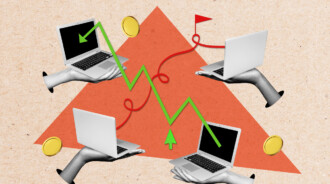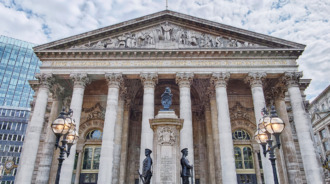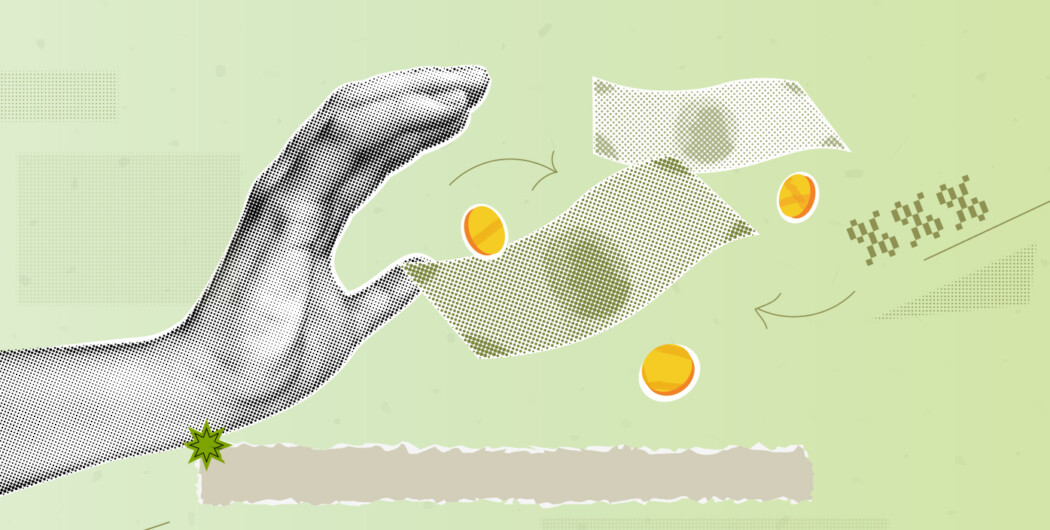

Ah, the classic game of “coulda, shoulda, woulda’ that everyone loves to play when reflecting on missed investment opportunities. If you had hopped on the Microsoft train back in 1998, investing $1,000 when the stock was priced at $15.42 per share, you would have set the stage for a thrilling journey. Fast forward to 2023, when the stock has soared to a staggering $346.62 per share, your humble investment could have transformed into a remarkable $22,158.08.
But what if, instead of wondering what could’ve happened, you took this as a valuable lesson for future investment endeavors? If you’re on board, here are four areas to consider:
High-yield savings accounts
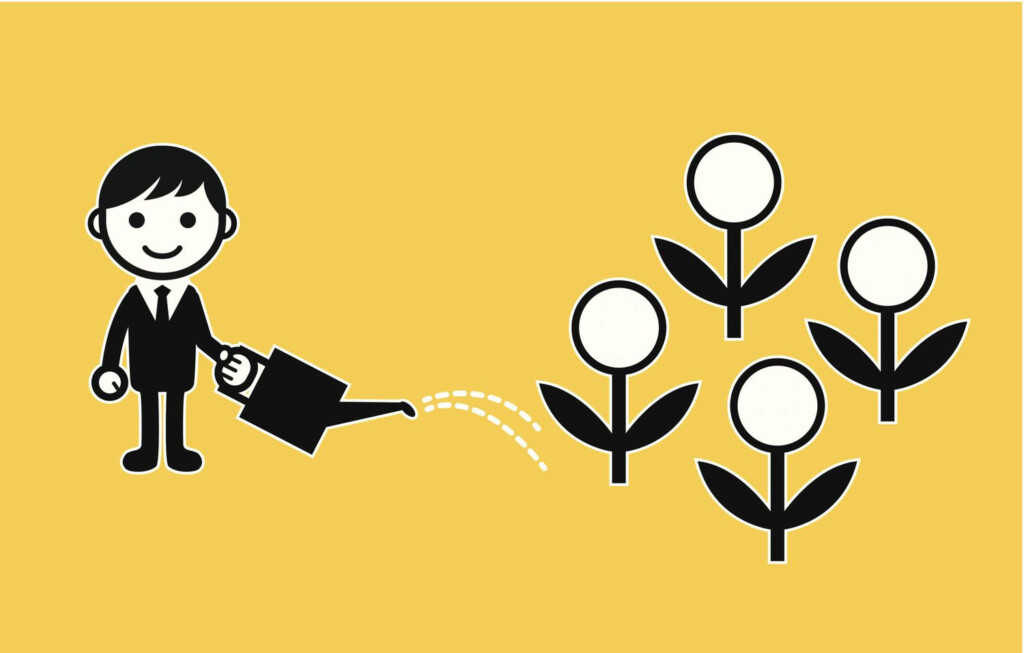
A high-yield savings account is a type of savings account that typically offers a higher interest rate compared to traditional savings accounts. These are usually offered by online banks or financial institutions and provide a fairly secure place to park your money while earning some return.
| Benefits | Drawbacks |
| Higher interest rates compared to traditional savings accountsProvides a level of security and stability, giving you peace of mind knowing that your money is insuredAllows to withdraw money without facing penalties or restrictions | Lower returns compared to riskier investmentsLimited growth potentialRates can decrease in response to market conditions or policy changesMay not keep pace with inflation |
Tips for selecting an account with competitive interest rates:
- Look for high-yield savings accounts from different financial institutions to compare interest rates, account features, and fees.
- Pay attention to any terms and conditions, including minimum balance requirements, monthly fees, and withdrawal limits. Ensure the account aligns with your needs and goals.
- Read reviews and feedback from existing customers to get insights into the quality of customer service, user experience, and overall satisfaction with the account provider.
Stock market
As you may know, investing in the stock market means becoming a part-owner of publicly traded companies, known as equity shareholders. The primary objective is to generate a profit in two ways: capital appreciation or dividends.
When the value of a stock increases over time, investors can sell their shares at a higher price than the original purchase price, resulting in a capital gain. Or companies can distribute a portion of their profits to shareholders in the form of cash dividends. These dividends are typically paid on a regular basis, such as quarterly or annually.
| Risks | Rewards |
| Prices can fluctuate widelyExposes you to company-specific risksRequires accurately predicting market movements, which is notoriously difficultCan be challenging to buy or sell shares at desired prices | Potential for significant capital appreciationDividends can be particularly attractive for those seeking stable cash flows May entitle you to certain rightsOffers a wide range of investment opportunities, great for diversification |
Here is how to invest 1,000 dollars in stocks:
- Evaluate qualitative factors: business model, competitive landscape, market trends, potential risks
- Read company filings: the annual report (Form 10-K) and quarterly reports (Form 10-Q)
- Perform technical analysis
- Assess valuation metrics: P/E ratio, P/S ratio, P/B ratio, dividend yield
- Review analyst opinions and research reports

Exchange-traded funds
Exchange-traded funds (ETFs) trade on stock exchanges, similar to individual stocks. They’re created to track the performance of a specific sector, index, commodity, or asset class. But the ETF investment process itself isn’t that different from stock investing — it involves buying shares of the fund, which represents a portfolio of many underlying securities.
| Risks | Rewards |
| Subject to market fluctuationsMay not perfectly replicate the performance of the underlying indexExposes you to the risks associated with that particular market segment | Instant diversification thanks to a basket of securitiesCan be bought and sold throughout the trading day, similar to stocksHigh liquidityLower expense ratios compared to mutual funds |
Example of an ETFs suitable for a $1,000 investment:
Let’s assume you invested $1,000 in the S&P 500 ETF when it was priced at $439.46 per share:
- Number of shares purchased: $1,000 divided by $439.46 = 2.275 shares
- Initial investment value: 2.275 shares multiplied by $439.46 = $999.99
Now, let’s assume the price of SPY has appreciated to $500 per share (which roughly correlates to its real-life trajectory in the last 6 months):
- Total investment value: 2.275 shares multiplied by $500 = $1,137.50
- Capital gain: $1,137.50 – $999.99 = $137.51
In this scenario, your initial $1,000 investment would have resulted in a capital gain of $137.51.
Education or skill development
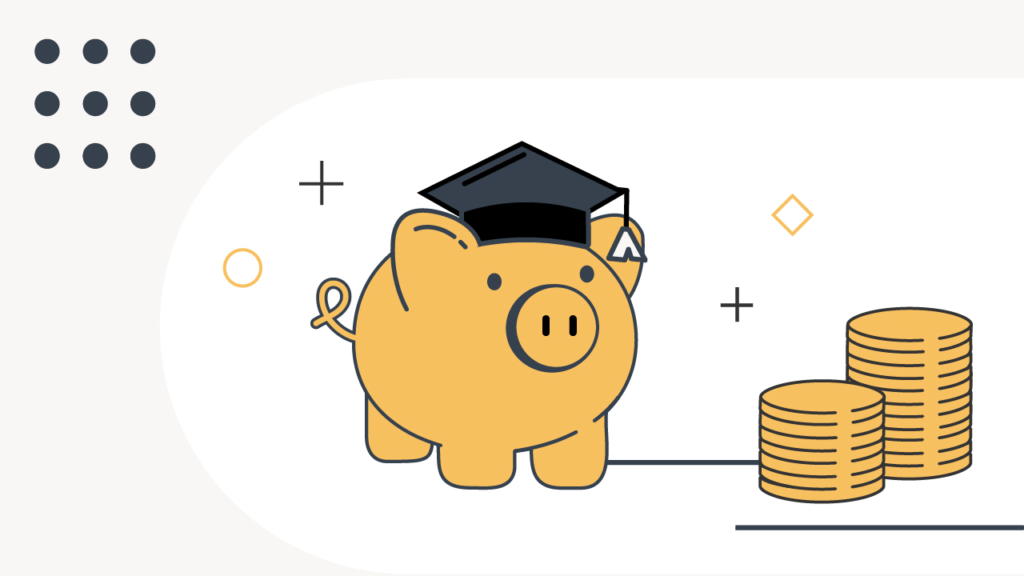
With the rapidly evolving nature of work, skills have an ever-decreasing shelf life. By one measure, skills lose half of their value every five years. McKinsey
Perhaps the best way to invest $1,000 is to learn how to earn more. By investing in education or skill development, you commit your financial resources to opportunities that can expand your horizons and equip you with the tools to thrive. Ultimately, it’s a proactive approach to personal and professional growth.
This investment can take various forms, such as enrolling in formal programs, attending workshops and seminars, participating in online courses, or pursuing industry-specific certifications. You can even just set aside these funds as “practice money” to experiment with different investment strategies. Treat it as an opportunity to sharpen your skills, with a mindset of learning rather than expecting significant financial gains.
Sources:
High-yield savings accounts: Pros, cons and best uses, FortuneRecommends
How investing in yourself today will set you up for career success tomorrow, Forbes
